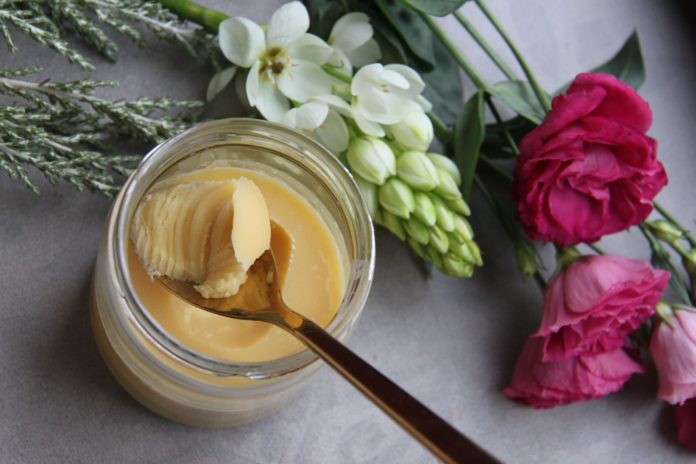A crucial part of cooking all over the world, butter is a staple that you will find in pretty much every kitchen. But did you know that not all kinds of butter are created equal?
In fact, there are significant differences between the type of butter commonly found in the United States and the kind that you will find in Europe. What sets them apart? Let’s find out!
Fat Content
American butter typically has a fat content of around 80%, whereas European butter’s fat content comes in at an even heftier 85% in most cases. This gives European butter a richer taste and makes it even more calorie-dense.
Cultured vs. Uncultured
European butter goes through a culturing process in which natural cultures like yeasts and bacteria are added to butter, allowing it to partially ferment and add a touch of acidity to the final product. American butter is not treated in this way and has a more neutral taste.
Better for Baking
While American butter usually works fine in most baking recipes, European butter is often preferred because of its higher fat content and lower melting point. This allows it to maintain its flavor better when melted into a bread or pastry.







